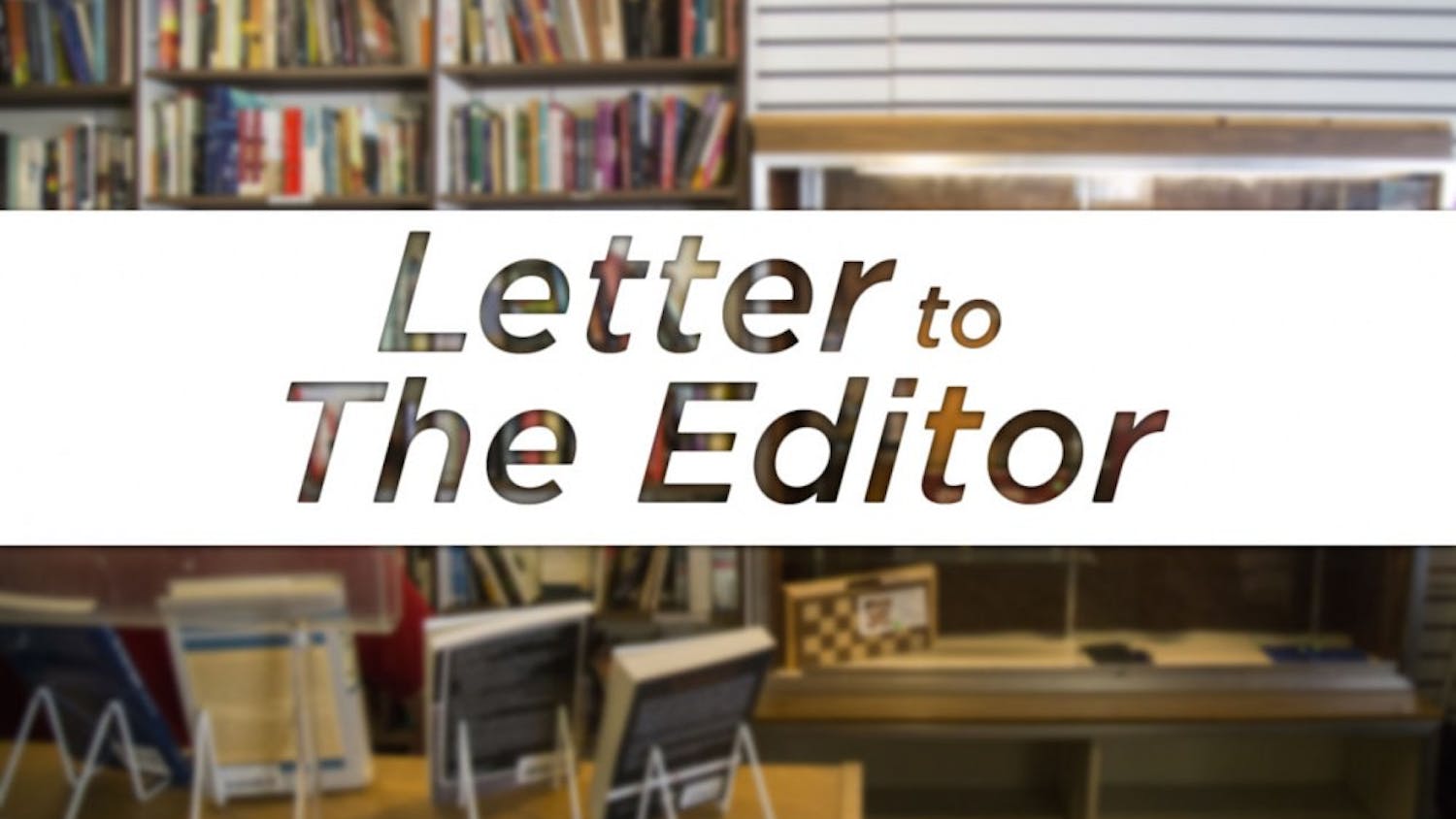“Have you ever gone to an art museum and seen the art students sitting there with their easels and oils, copying the great masters? The point isn’t to turn them into plagiarists, or to make them expert forgers,” MacDonald said. “The point is to get the feeling into their hands and arms of how to make the brush strokes that create a particular illusion on canvas. Writing is no less a physical skill than painting. The words are your paints, the sentences your brush strokes.”
People often say the greatest form of flattery is imitation. Artists are often trained to imitate other artists — art students will sometimes attempt to duplicate a professional piece, musicians will transcribe songs into their own key to do a cover and actors will mimic fellow-actors in hope of imitating their talent. Writers are no different. One prime example of literary imitation is so common that we often don’t realize it: Walt Disney. Disney’s classic stories are all rewrites of original classic fairy tales by the Brothers Grimm. Disney changed some details of the stories in order to make them child-friendly, but he did not create the characters or the basic outline of the plot.
While I don’t recommend simply copying stories, I think there is something useful to come from this. Author James D. MacDonald wrote a tutorial for the Absolute Write forum where he suggested that wishful writers should take their favorite book or a book by their favorite author and manually retype the entire first chapter. It sounds great… as an idea. But most of us would never actually do this.
So why should you at least consider doing something like this? On the online forum Absolute Write, MacDonald compared the practice to art students recreating famous pieces.
“Have you ever gone to an art museum and seen the art students sitting there with their easels and oils, copying the great masters? The point isn’t to turn them into plagiarists, or to make them expert forgers,” MacDonald said. “The point is to get the feeling into their hands and arms of how to make the brush strokes that create a particular illusion on canvas. Writing is no less a physical skill than painting. The words are your paints, the sentences your brush strokes.”
As you copy down the words of a writer you admire, you will actually consider every aspect of their writing — why that word; why did they put a semi-colon there; how is this significant? But don’t limit yourself to just the first chapter. This can be applied throughout your entire writing process. Struggling with the climax? Retype the climax of your favorite book. Need some assistance on completing a funny scene with dialogue? Find a scene as such and retype it. You can learn so much by imitating your favorite authors. It’s almost as though you’re peeking inside their head.
Obviously don’t get too comfortable with copying down stories word-for-word — it’s supposed to be for practice, not plagiarism. But go ahead and at least try it. It may be amazing what you discover and you may find that writing becomes easier. And if not, as MacDonald said later in his discussion, “your typing skills will improve, and that’s nothing to sneeze at.”
Kirsten Saylor is a freshman studying English. Email her at ks749113@ohio.edu



